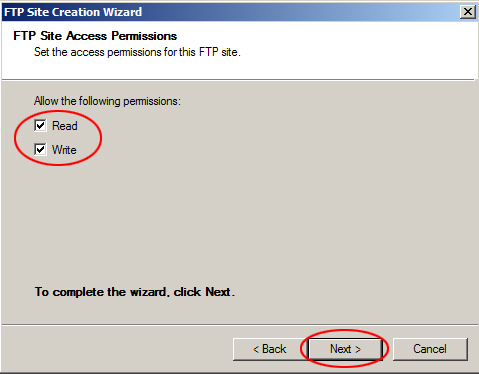
- #Windows 2008r2 ftp ports to open in pfsense how to
- #Windows 2008r2 ftp ports to open in pfsense windows
#Windows 2008r2 ftp ports to open in pfsense windows
Configuring Windows Firewall Rules to Access the FTP Server It is advisable to restart the Microsoft FTP service (FTPSVC) with any changes to the FTP site settings.
FTP home directory configured in Active Directory – an FTP user is isolated within his home directory specified in the settings of his Active Directory account (FTPRoot and FTPDir properties). However, all created global virtual directories are available to the user User name physical directory (enable global virtual directories) suggests that the ftp session of a user is isolated in a physical directory that has the same name as the name of the ftp user account. Any global virtual directories are ignored Users see only their own directory (it is their root ftp-directory) and cannot go beyond it (to the upper directory of the FTP tree). User name directory (disable global virtual directories) suggests that the ftp session of a user is isolated in a physical/virtual directory that has the same name as the ftp user. The next three options are different modes of user isolation: If the directory is missing, a session starts in the root FTP directory of the site). User name directory (the user starts with physical/virtual directory with the username. FTP root directory (an FTP session of a user starts in the root directory of the FTP site). The first two of them don’t suggest user isolation: Open FTP User Isolation in the settings of the FTP site. FTP user isolation allows you to organize your ftp-home folder for each user. The isolation of FTP users is configured on the FTP site level, not the entire server. Let’s move to configuring FTP user isolation. #Windows 2008r2 ftp ports to open in pfsense how to
How to Configure FTP User Isolation on Windows Server 2016/2012 R2?

Specify that ftp_users group must have the read and write permisions. Return to the IIS console and create a new rule ( Add AllowRules) in FTP Authorization Rules section of the site.

Depending on the account type, you have to create the following directory structures (under %FtpRoot%\ we mean the root of the FTP site in our case it is C:\inetpub\ftproot\): Account Type






 0 kommentar(er)
0 kommentar(er)
